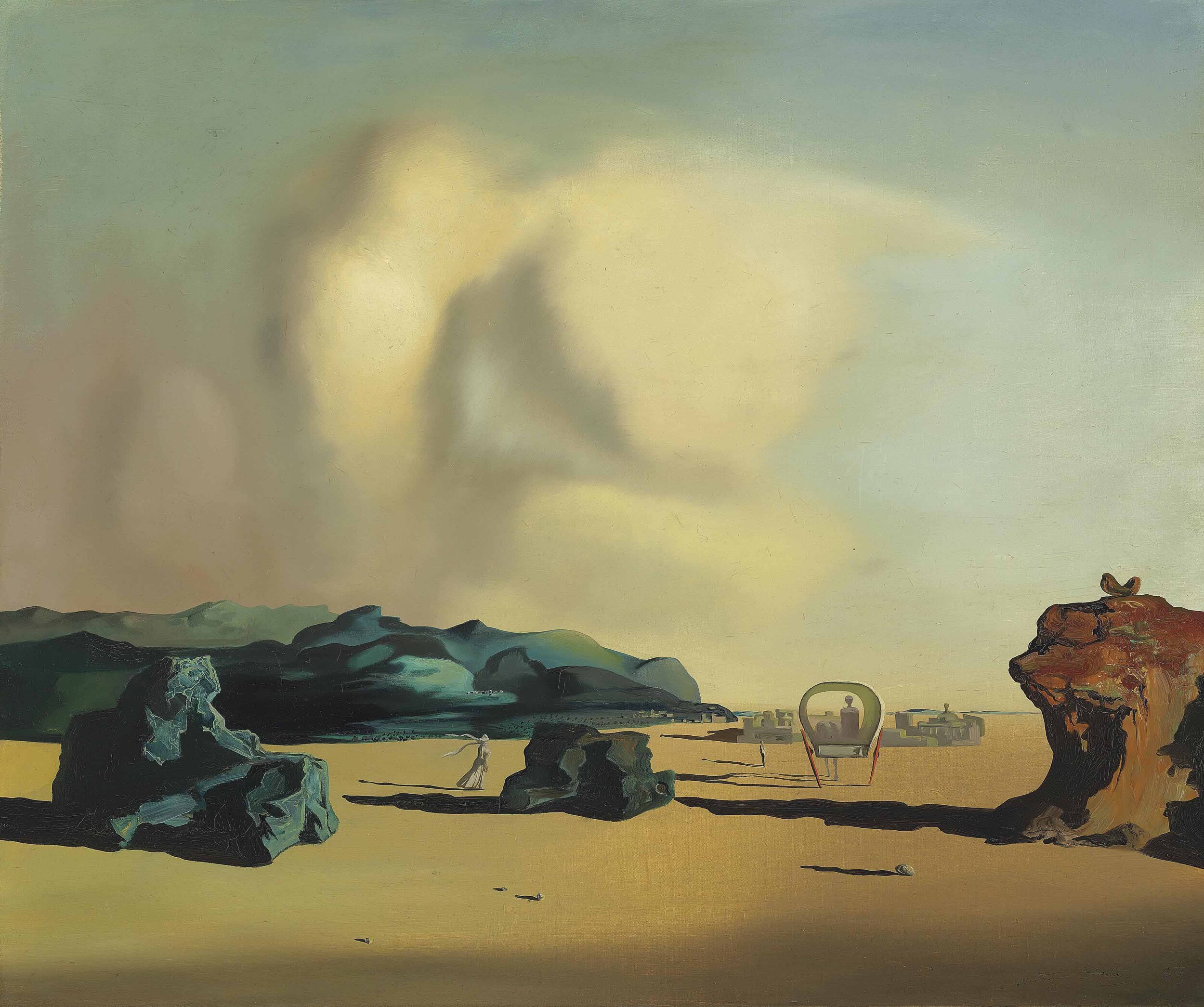Surrealist Paintings & Plant Communities
It is regrettable that beautiful landscapes such as Wharariki Beach become commodified as ‘Windows’ screensavers, leading to hordes of tourists firing flash photography at seal pups playing in the rock pools. A better experience of visiting such a surreal place, is being able to walk through a landscape comparable to the artwork of Salvador Dali. Wind-shorn, acid green mats of kānuka appear to be melting over the surface of 60 million year old quartz and feldspar sandstone. The erosion of this geology is partially responsible for the golden sands that comprise Farewell Spit further north. At the lowest levels of the cliffs, the coastal turf is dominated by Selliera radicans, Austroblechnum banksii and Colobanthus buchananii. Higher in the scrub, Apodasmia similis/oioi, Coprosma acerosa, Coprosma 'Wharariki', Metrosideros diffusa, kānuka and coastal flax form a diverse rolling carpet.
The track to the beach passes through farmland and past a patch of archetypical cabbage trees (Cordyline australis). Frozen in bent forms like dancers as their leaves rustle on the wind. Such a scene is common in the New Zealand back-country landscape. In Māori lore, Tāne (god of the forest) was experimenting at the beginning in creating plants. He made some mistakes in planting trees, putting their heads in the soil and their roots stiff and unmoving in the breeze. Frowning at the strange forest he had created, he upturned a giant kauri. He was pleased with the roots in the ground and viewing the leaves moving with the wind. The strange appearance of cabbage trees today as thin pencil trunks scattered about hillsides and valleys, can be attributed to this experimentation by Tāne.
In a dune-slack lake behind the coastal cliffs, Carex secta and raupō (Typha orientalis) emerge poised in a beautiful swirl of green algae. The Archway Islands lie behind this composition, with the Tasman Sea stretching off into the horizon.














